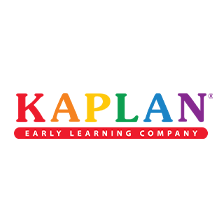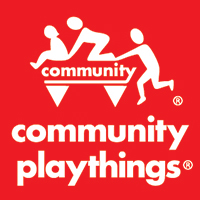Advocacy Protocol
These core policy positions give N4C board members a sense of the kinds of issues that N4C supports. N4C is most frequently asked to support these items, but from time to time the organization could be asked to take a stand on something that is not clearly included under these positions.
New issues must first come before N4C’s Advocacy and Research Committee. The committee then makes recommendations to the Board, which is ultimately responsible for whether or not the organization will support the new issue.
N4C Advocacy Protocol
Some Components of a Successful Advocacy Campaign
1. Clear Goal
- Have a clear “ask,” know what you want. Propose clear solutions.
2. Define the Audience
- Legislators, campus directors, student parents, public at large, campus administrators, other advocacy groups, etc. (ultimate audience likely to be legislators or college administrators – others are influencers)
- Strategies to Influence
- Direct contact with legislators, administrators, aides, policy makers
- Inside partners
- Cultivate Allies
- Grassroots
- Survey and Research
3. Media (May have to develop a long term, multidimensional strategy)
- The Four L’s (for child care advocates)
- Listen – Take the time to really get inside the head of those you seek to influence.
- Language – Focus on their language. Use the language that will most successfully influence the policy maker.
- Leaders – Look for new leaders. Who are the two or three new leaders who can help put the message across? May have to share or give away some leadership.
- Loosen up – Avoid moralizing on behalf of children.
4. Quality and Quantity Contacts
- Quality Contacts – the person who can deliver the message directly. Who will call you back in 15 minutes.
- Quantity Contacts – grass roots, allies, etc.
|


